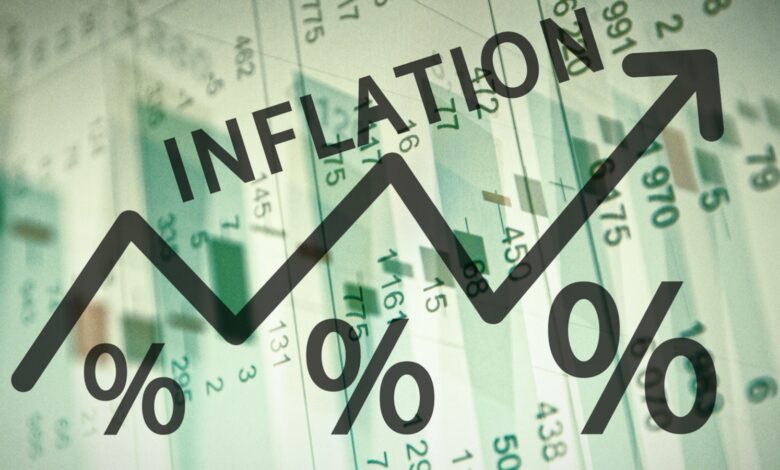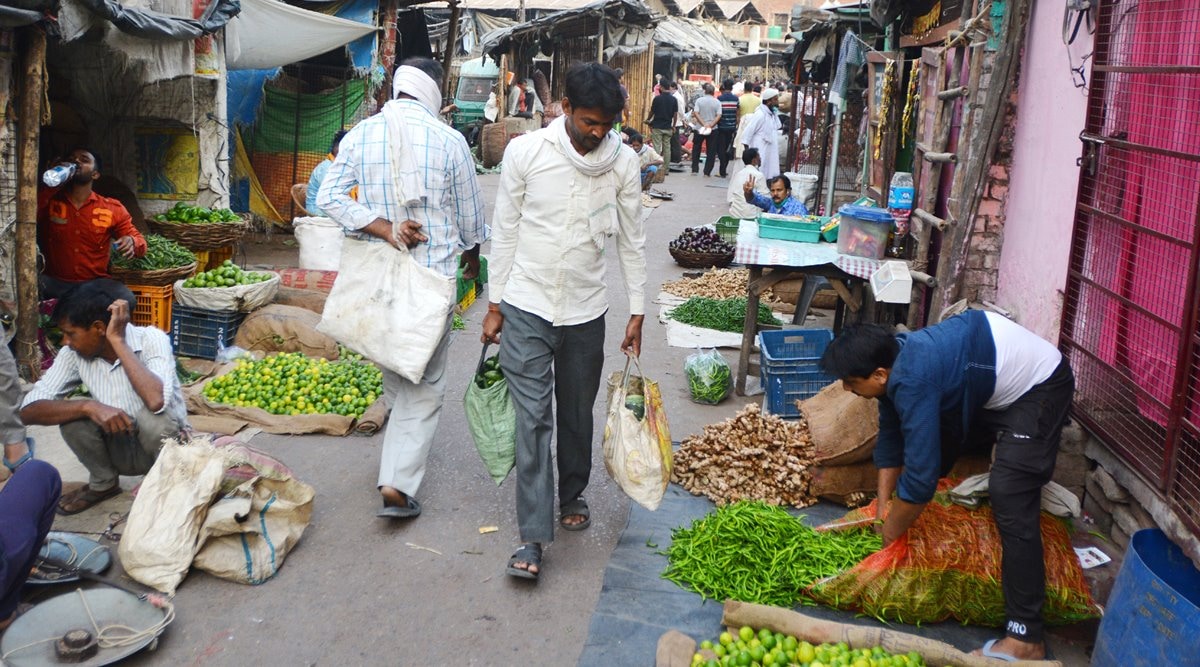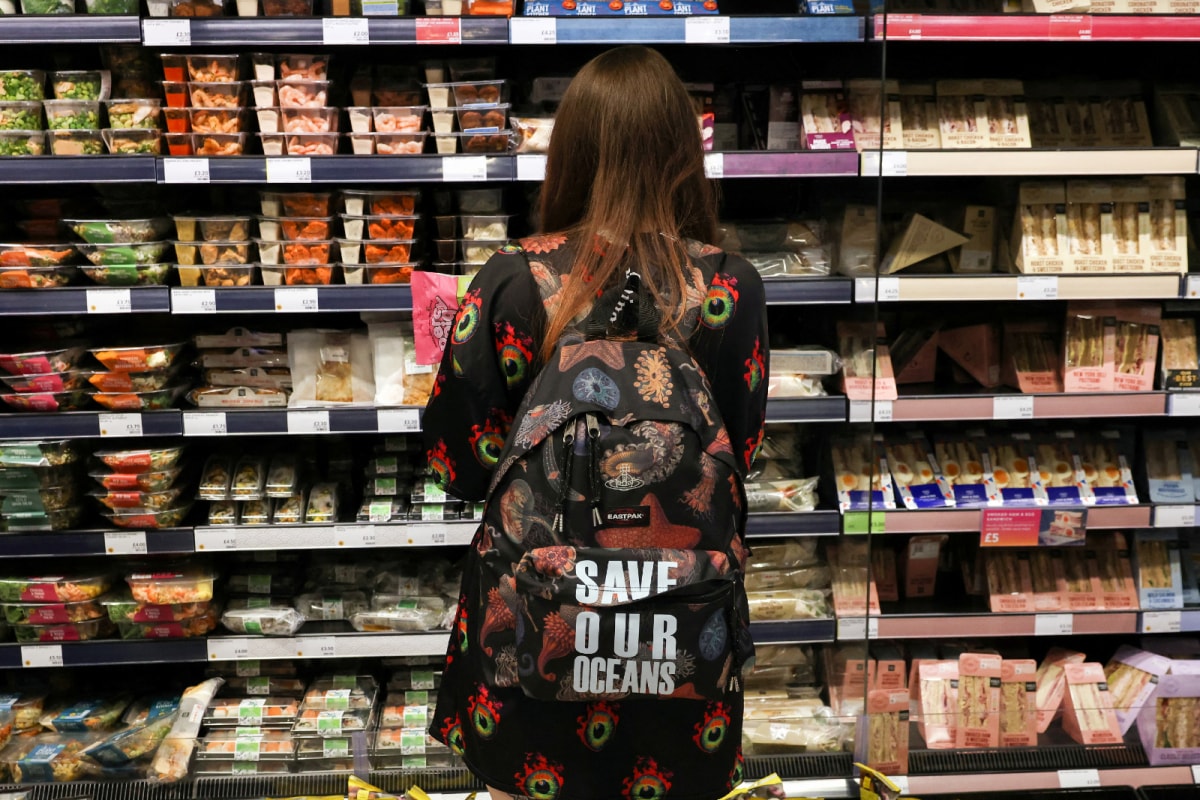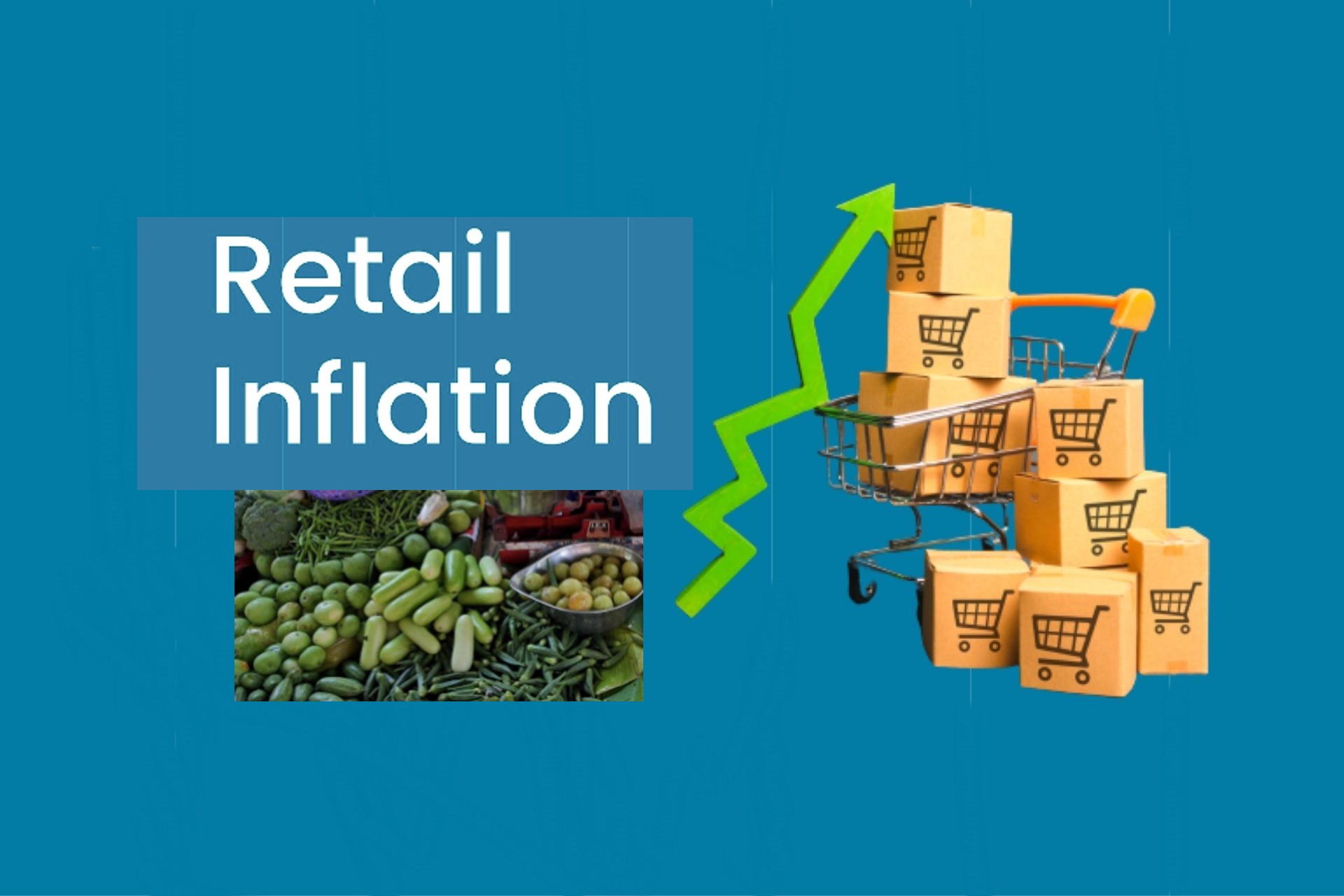Retail inflation soars to 7% in August and 2.4% in July, according to the CPI inflation rate for that month in 2022.

Retail inflation soars to 7% in August and 2.4% in July, according to the CPI inflation rate for that month in 2022.
India CPI Rate Of Inflation August, IIP Development July 2022: The country’s retail inflation, as determined by the Consumer Prices Index (CPI), rocketed to 7.00% in August, up from 6.71% in July, breaking out of its three-month steady decline. Separately, according to two different figures issued by the Ministry of Statistical & Program Development (MoSPI) on Monday, India’s factory output, as assessed by the Index of Industrial Output (IIP), increased by 2.4% in July.
The CPI increased by 7.00 percent last month, continuing its eighth straight month of growth just above the Reserve Bank of India‘s (RBI) upper range of 6%. It was a five-year term ending in March 2026, and the government ordered the national bank to keep retail inflation at 4% with a 2% buffer on either side.

According to a recent Polled by Reuters of experts, the CPI was expected to increase by 6.90% in August.
The RBI heavily considers the CPI while drafting its bi-monthly monetary policy. The repo percentage was increased by 50 basis points (bps) to 5.40 percent last month by the Monetary Policy Committee (MPC) of the Indian banking system.
In an effort to rein in the spiraling prices, the MPC has hiked the benchmark interest rate 140 basis points so far this fiscal year. Retail inflation, however, continues to be above the maximum tolerance threshold, notwithstanding their action. Later this month, the MPC will convene to discuss more efforts to combat inflation.
The Consumers’ Food Price Index (CFPI), which measures volatility in the food basket, increased month over month in August from 6.69 to 7.62 percent, according to the data.
In August, vegetable prices increased 13.23% year over year. In addition, the cost of spices increased by 14.90%, while the price of cereals and goods increased by 9.57%, and the price of milk and products increased.

Egg prices slipped (-)4.57 percent, but fruits grew 7.39 percent. Fruit prices increased 7.39 percent, while egg prices fell (-) by 4.57 percent. Aside from food and drink, the fuel and lighting segment increased by 10.78%, the apparel and footwear section increased by 9.91%, and the dwelling segment was barely up by 4.06%.
According to separate data issued by the MoSPI, India’s factory production, which is assessed in IIP, increased by 2.4% year over year to 134.6 in July. The data showed that in July 2021, the IIP had increased by 11.5%.
According to the data, industrial growth has increased by 10.0% in the financial year 2022–23 (April–July), down from a peak of 33.9% in the same period last year. Manufacturing and the electrical sectors accounted for the majority of the IIP rise in July. In July, the manufacturing sector increased 3.2% year over year to 135.2. The electricity industry, which saw a gain of 2.3% to 188.9, came next. However, according to the MoSPI data, the mining industry shrank by (-)3.3% to 101.1.

The manufacturing industry had grown by 10.5% in July of last year. The data showed that the mining industry had increased by 19.5% in the same month, while the electrical sector had grown by 11.1%.
Although rising inflation is a global problem, it is particularly felt in countries like India, where billions of people are living in extreme poverty. Compared to a year ago, the power industry had a growth of 2.3% instead of 11.1%. In July 2022, the mining industry saw a contraction of 3.3%, compared to a gain of 19.5% in the same month the previous year.
IIP increased 10% between April and July of this year compared to 33.9% growth during the same time last year. The production of capital goods, which serves as a gauge of investments, increased 5.8% in July 2022 as opposed to a 30.3% rise in the corresponding month a year earlier.

Consumer durables saw a 2.4% increase compared to a 19.4% increase in growth one year prior. The primary products sector, which makes up about 34% of the indicator, grew by 2.5% in July as opposed to a 12.4% increase in the same month last year. An electrical generation grew by 2.3% during the same period, but mining output decreased by 3.3%.
Due to a reduction in economic activity following the lockdown implemented to prevent the propagation of coronavirus infections, industrial production decreased by 57.3% in April 2020. With household budgets being squeezed by a record heatwave, prices of staple crops like wheat, rice, and pulses—which make up roughly half of the CPI basket—rose sharply.
Factory output in July dropped to a 4-month low of 2.4%.
According to government statistics issued on Monday, India’s industrial output (IIP) growth slowed to a four bottom of 2.4% in July, mainly as a result of weak performance by the manufacturing, electricity, and mining sectors.
According to the figures, March this year saw industrial output growth reach its prior low of 2.2%. IIP increased by 6.7% in April, 19.6% in May, and 12.7% in June. The Indices of Industrial Output (IIP), a measure of factory output, showed an increase of 11.5% in July 2021.
According to data issued by the Statistic and Program Development Ministry, the manufacturing sector grew by 3.2% in July 2022 compared to 10.5% in the same month the previous year. The power industry recorded an increase of 2.3% compared to a year before. In July 2022, the mining industry saw a contraction of 3.3%, compared to a gain of 19.5% in the same month the previous year.
IIP increased 10% between April and July of this year compared to 33.9% growth during the same time last year. In July 2022, capital goods output, a measure of investments, increased by 5.8% compared to a 30.3% increase in the corresponding month in the previous year.

Consumer durables saw a 2.4% increase compared to a 19.4% increase in growth one year prior.
The primary products sector, which makes up about 34% of the indicator, grew by 2.5% in July as opposed to a 12.4% increase in the same month last year. According to the ministry, it is essential to evaluate growth rates relative to the same period the previous year in light of the unique circumstances brought on by the COVID-19 epidemic, which has been going on since March 2020.
edited and proofread by nikita sharma




